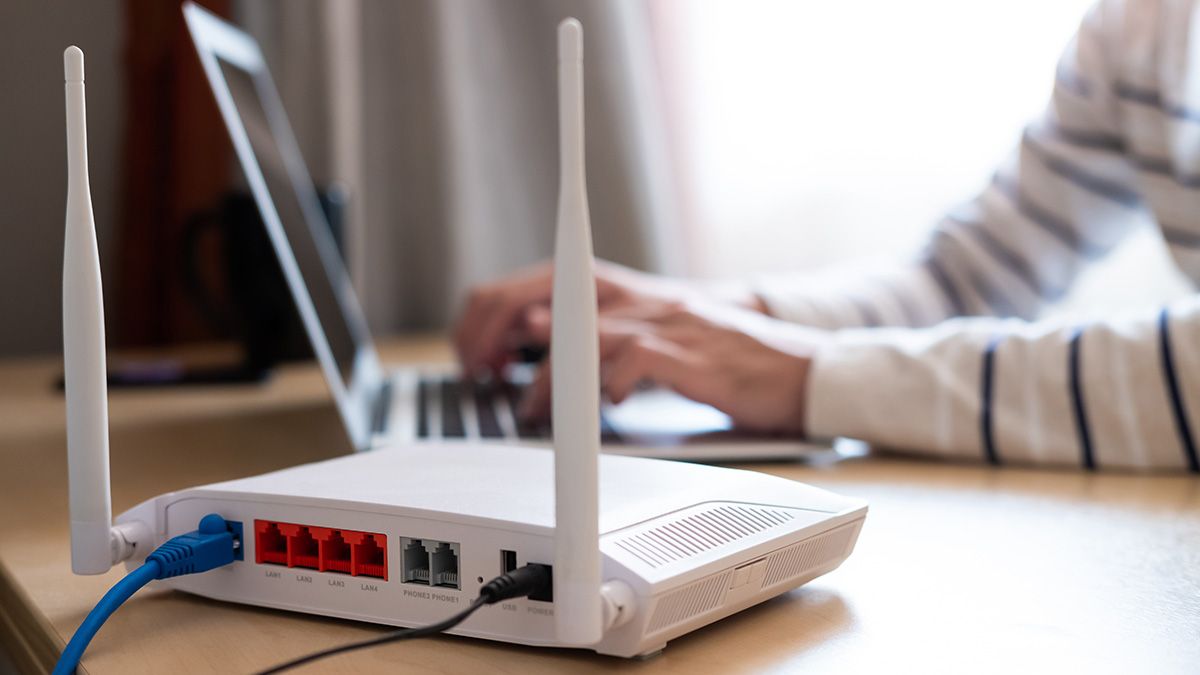As more and more devices require a connection to the internet, our previous Wi-Fi standards can no longer handle the extra load. That's where OFDMA, or Orthogonal Frequency-Division Multiple Access, comes in. So what does it do exactly, and do you need it?
What Does OFDMA do?
The way that Wi-Fi used to work traditionally is that each user would compete for the single connection or channel that was available. While this wasn't necessarily a big issue back in the days when you would only have one or two devices connected, nowadays, nearly everything requires some connection, and that causes congestion. As such, the old way of doing things doesn't cut it anymore.
OFDMA is an attempt to fix that issue, and you'll probably be surprised to find out that it's even used in 5G telecoms and comes standard with Wi-Fi 6.
Essentially, how it works is that it takes a channel and subdivides it into smaller channels, which are then distributed to the different devices that need to be connected. Interestingly, OFDMA isn't necessarily there to increase the capacity of most connections but rather to make them more efficient and decrease latency. That's important in a place with a dozen different devices competing for a single channel and is great for low-bandwidth usages, such as smart home devices.
What's the Difference Between OFDMA and MU-MIMO?
Now, you may have heard of MU-MIMO, or Multiple User, Multiple-Input, Multiple-Output, and feel a bit perplexed. Doesn't it do the same thing, allowing more than one device to connect to a router and decrease congestion? So why do we need two standards that do the same thing?
Simply put, OFDMA and MU-MIMO are complementary technologies that work together. MU-MIMO does something similar, but rather than subdividing a single channel into smaller ones, MU-MIMO creates different channels, achieved by having more antennas.
To use a simple analogy, OFDMA is like sending several boats down a single river, and MU-MIMO is like creating different rivers, each with its own boat.
Both allow you to reach several places simultaneously, but OFDMA is better for smaller boats that won't cause congestion, and MU-MIMO is better for larger boats that can take up a lot of space in the river. In that sense, MU-MIMO is great for increasing capacity and serving high-bandwidth applications, such as streaming films, movies, games, etc.
That's why these are complementary technologies. OFDMA is made for the multitude of IoT devices that don't require a lot of data (smaller boats), and MU-MIMO is made for the big stuff like Desktops and TVs that do require a lot of data (bigger boats).
Do I Need OFDMA?
If you have a lot of devices that take up small amounts of data, such as smart switches, smart lights, or smart appliances, then yes, OFDMA is very handy to have.
Luckily, as we mentioned earlier, Wi-Fi 6 already comes with OFDMA as standard, so if you have a router that supports Wi-Fi 6, then you already have it! On the other hand, if you're looking to upgrade your router to get access to OFDMA, you might want to buy a router with Wi-Fi 6E, which gives access to the 6Ghz band and helps decrease congestion overall.
That being said, if you don't have quick or budget-friendly access to Wi-Fi 6E, Wi-Fi 6 is still excellent, so don't worry about missing out on anything.

